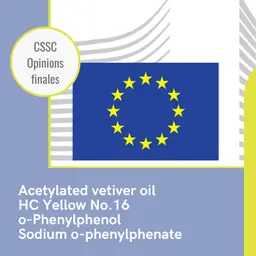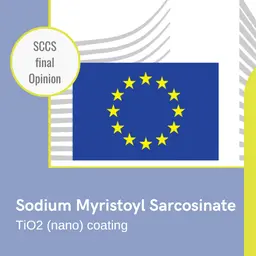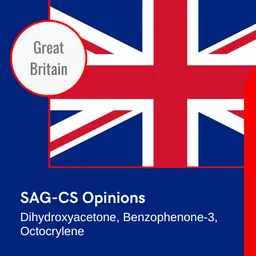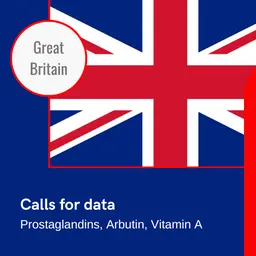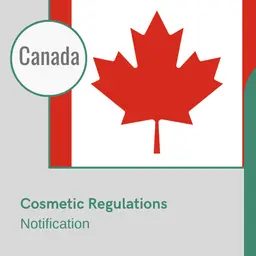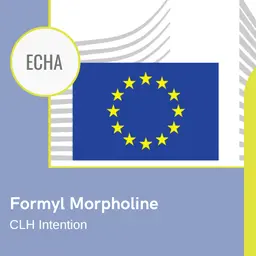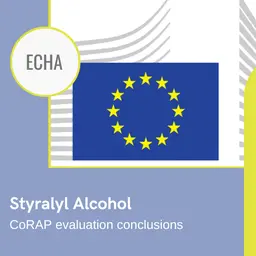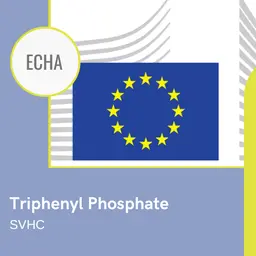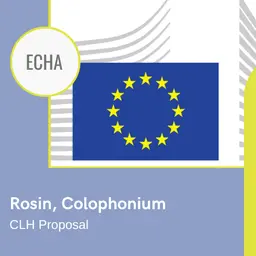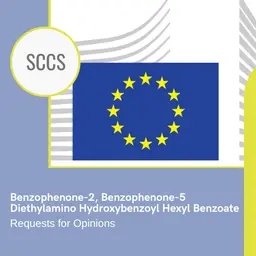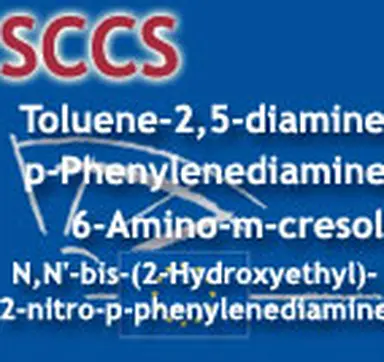
They have been adopted during the 15th plenary meeting, on 26 and 27 June, 2012, and are open for comments until August 17. The SCCS has just released four new opinions on hair dyes, including p-Pheylenediamine.
Toluene-2,5-diamine and its sulfate
The applied concentration on-head of maximum 2% (calculated as free base) or 3.6% (calculated as sulfate salt) is considered to be safe with regard to systemic toxicity.
Toluene-2,5-diamine is an extreme skin sensitiser. The frequency of allergic reactions in hairdressers and consumers remains a considerable concern for consumer safety.
• See the full text of the opinion
p-Phenylenediamine
No concern regarding systemic toxicity is raised.
It is unlikely the p-phenylenediamine in oxidative hair dye formulations would pose a carcinogenic risk for the consumer.
p-Phenylenediamine is also an important and frequent allergen in consumers. It is recognized that allergic reactions to it may be severe. p-Phenylenediamine is an extreme sensitiser.
• See the full text of the opinion
2-Amino-5-methylphenol (INCI: 6-Amino-m-cresol)
2-amino-5-methylphenol has genotoxic potential. The SCCS considers that 2-amino-5-methylphenol is not safe for consumers, when used in oxidative hair dye formulations with a concentration on the scalp of maximum 1.5%.
• See the full text of the opinion
N,N'-bis-(2-Hydroxyethyl)-2-nitro-p-phenylenediamine
The SCCS is of the opinion that a conclusion on the gene mutation potential of N,N’-bis-(2-hydroxyethyl)-2-nitro-p-phenylenediamine cannot be drawn without further testing.
On the basis of the submitted data, the SCCS considers N,N’-bis(2-hydroxyethylamino)-2-nitro-pphenylenediamine not safe for use …

